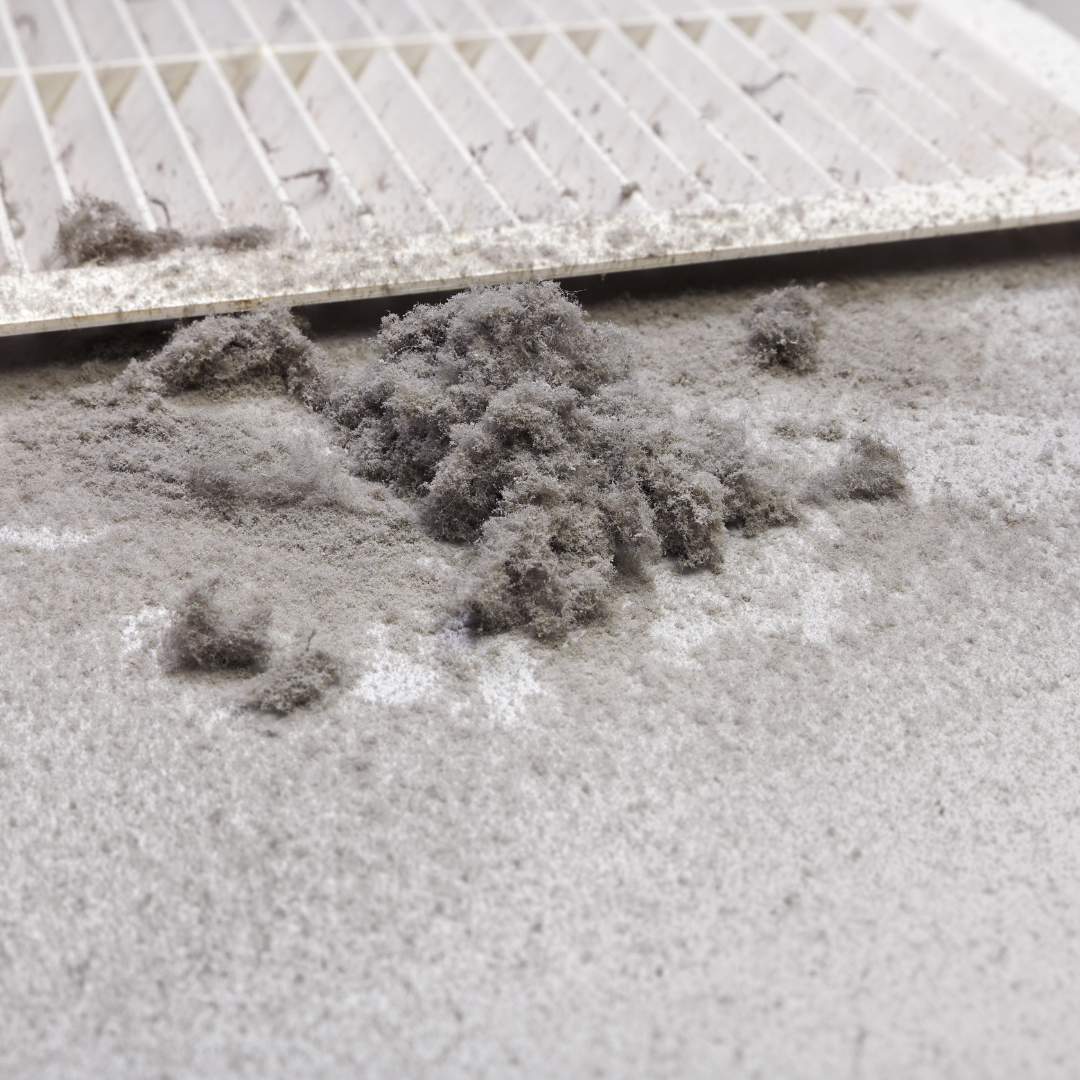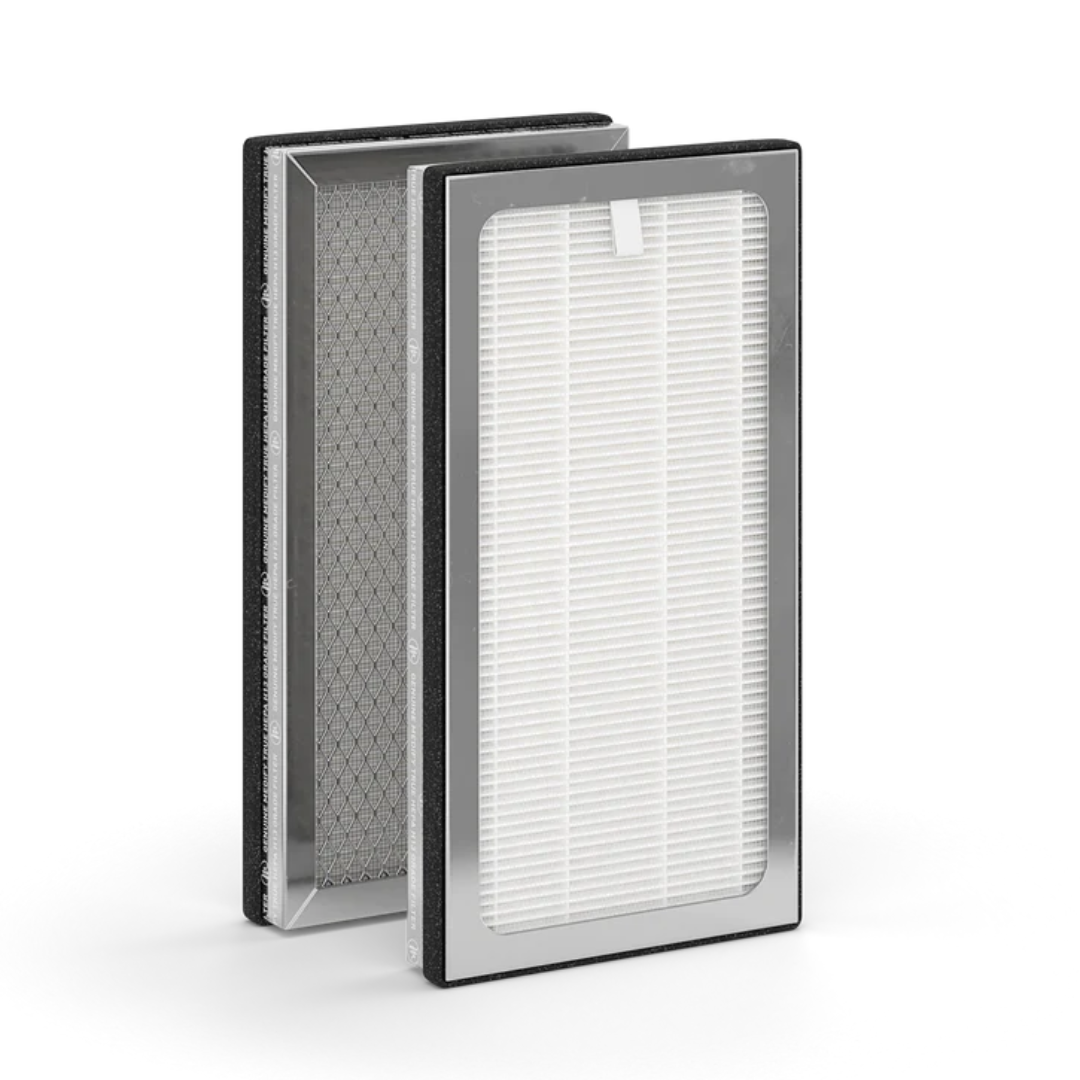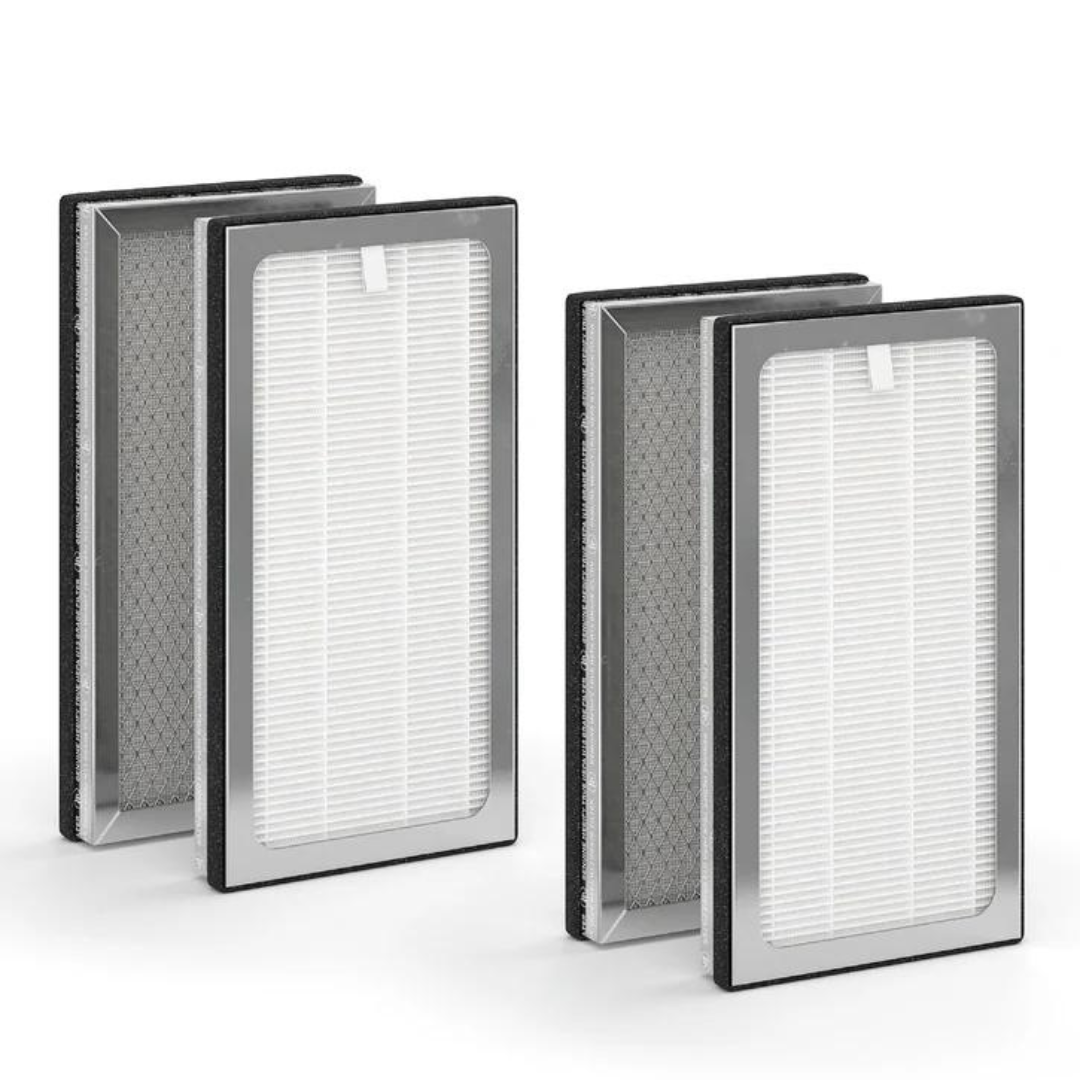When it comes to dusting, there are two main approaches: wet and dry dusting. Each method has its own set of advantages and drawbacks. To effectively manage allergies and maintain a cleaner environment, consider vacuuming and dusting on a weekly basis.
Benefits of Wet Cloth Cleaning
Wet cloth cleaning is a highly effective dusting method, as it captures dirt and debris from surfaces without leaving residue behind. The damp cloth can trap airborne allergens, preventing them from settling back into the air. Moisture helps to loosen stubborn grime on surfaces like countertops and windowsills, making it easier to clean.
Drawbacks of Wet Cloth Cleaning
One downside of wet cloth cleaning is the extra time required for surfaces to dry before you can proceed with other tasks. Excessive moisture can also damage delicate fabrics or electronics.
Advantages of Dry Dusting
Dry dusting is quicker and requires less effort, using tools such as microfiber dusters or feather dusters. This method efficiently removes light dust from surfaces like bookshelves, cabinets, and tables. However, it may not be as effective for heavier dust accumulations or tough grime.
Drawbacks of Dry Dusting
Dry dusting may not remove as many particles as wet cloth cleaning; instead, dust is often displaced and settles elsewhere. Depending on the duster’s material, it can sometimes leave behind particles that aggravate allergies.
Key Areas to Focus on When Dusting
To reduce airborne particles and improve indoor air quality, focus on areas prone to dust buildup. Upholstery, rugs, curtains, and draperies are common dust collectors. Regular vacuuming with appropriate attachments and cleaning these items can help capture airborne particulates before they settle into fabrics. Baseboards also need attention, but be cautious with cleaning products to avoid damaging wood finishes.
How Seasonal Changes Affect Indoor Air Quality
Indoor air quality can vary with the seasons due to different pollutants and environmental factors:
- Spring Pollen: Tree and flower pollen can increase allergies. Keep windows closed and consider using an air purifier with a HEPA filter to manage pollen levels.
- Summer Humidity: High temperatures and humidity can foster dust mites and mold. Use a dehumidifier and maintain proper ventilation.
- Fall Pollution: Outdoor pollution from fallen leaves and heating sources can enter your home. Invest in a high-quality HVAC system with effective filters and keep windows closed during high pollution periods.
- Winter Buildup: Cold weather often leads to increased indoor time and reduced ventilation, causing dust, pet dander, and other contaminants to accumulate. Use an HVAC system with high-grade filters and vacuum regularly.
Does Opening a Window Make the Problem Worse?
Opening a window can sometimes worsen indoor air quality by allowing outdoor pollutants like pollen and smog to enter. Instead, use an energy-efficient ventilation system to manage airflow and reduce indoor pollution without sacrificing freshness.
How Can an Air Purifier Enhance Indoor Air Quality?
Air purifiers are effective tools for reducing indoor pollutants, including dust, pollen, mold spores, pet dander, and smoke particles. For optimal performance, consider Medify air purifiers, which feature advanced HEPA filters designed to capture a wide range of allergens. Medify air purifiers help to:
- Reduce Allergens: They remove airborne allergens, improving comfort for those with allergies and asthma.
- Improve Air Quality: By filtering out pollutants and odors, they enhance overall air quality and can alleviate respiratory issues.
- Offer Health Benefits: Cleaner air can prevent long-term health problems caused by exposure to indoor pollutants.
Frequently Asked Questions About Dusting for Allergies
-
What Is the Most Effective Way To Dust?
The best method involves using a damp microfiber cloth to trap dust particles. Follow up with an electrostatic duster or vacuum cleaner for smaller particles. Ensure all surfaces, including hard-to-reach areas, are thoroughly cleaned. -
Can I Use a Towel To Dust?
Towels are not recommended for dusting as they can release dust back into the air. Opt for a microfiber cloth or electrostatic duster for better dust removal.
Both wet and dry dusting methods have their benefits and limitations. Regular vacuuming and careful dusting can help manage dust levels. Opening windows can sometimes exacerbate indoor air quality issues, so consider using a high-quality air purifier like Medify to capture allergens and improve air quality in your home.



